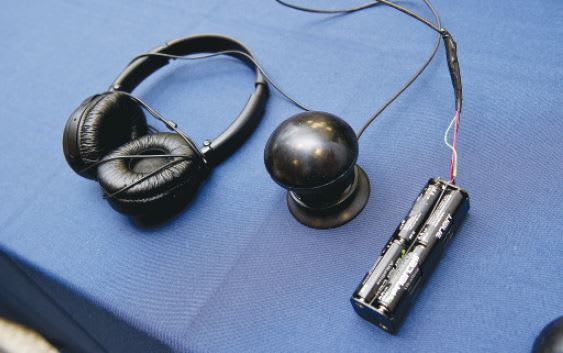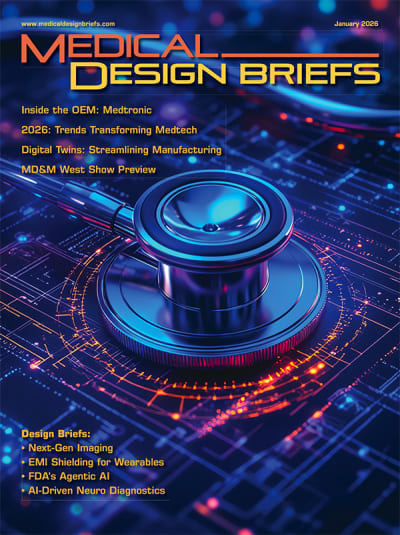A team of students at the Johns Hopkins University’s Whiting School of Engineering, Baltimore, MD, had the opportunity to design a new stethoscope to deliver more accurate heart and body sounds for NASA doctors who will be trying to assess astronauts’ health on long missions.

In the average spacecraft, with whirring fans, humming computers, and buzzing instruments, the ambient noise level could interfere with a standard stethoscope’s ability to get a clear signal.
A team of students worked under the guidance of James West, a Johns Hopkins research professor in electrical and computer engineering and co-inventor of the electret microphone used in telephones and in almost 90 percent of the more than two billion microphones produced today.
Together, they developed a stethoscope that uses both electronic and mechanical strategies to help the device’s internal microphone pick up sounds that are clear and discernible, even when the device is not placed perfectly correctly on the astronaut’s body.
The project was developed during a two-semester mechanical engineering senior design course. The device also includes many other performance-enhancing improvements, including low power consumption, rechargeable batteries, mechanical exclusion of ambient noise, and a suction cup to allow it to adhere to the patient’s chest.
Though developed for NASA’s use in outer space, this improved stethoscope could also be put to use here on Earth in combat situations, where ambient noise is abundant, and in developing countries, where medical care conditions are a bit more primitive.



